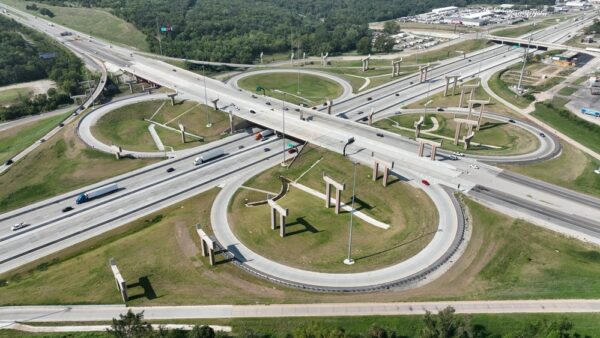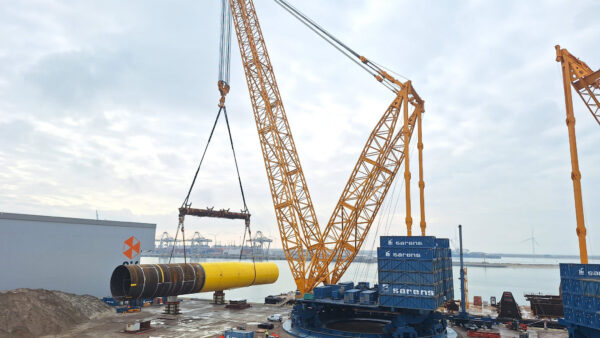Plans are in hand for a bridge over the Logone River between Cameroon and Chad, an area that has been called “one of west Africa’s foremost deathtraps”.
The bridge will be built between the town of Yagoua in the extreme northeast of Cameroon and the town of Bongor in western Chad.
The work is expected to cost around $127m, an immense sum for Chad, which has an annual GDP of $13.5bn. Finance is expected to be led by African Development Bank (AfDB). The AfDB originally wrote a proposal for a 250m, two-lane road bridge into its plans for 2014.
The bridge and the four-lane extensions to the road network that will serve it are expected to improve trade between landlocked Chad and the impoverished northern area of Cameroon, and also to prevent the scores of deaths by drowning suffered by people navigating the Logone in small pirogues.
In September last year, 11 people drowned after a locally made boat carrying people back from a market in Bongor capsized in a storm.
Midjiyawa Bakary, Cameroon’s regional governor, said about 40 people had died in the area in similar circumstances over the two months before that.
Fissou Kouma, The mayor of Yagoua, told CAJ News that more than 500 small boats travelled between Yagoua and Bongor on market days. He said: “The boats almost always capsize especially when weather conditions are not so good. So, on several occasions, we have had to extract corpses from underwater.”
Gilbert Didier Edoa, an official in Cameroon’s economics ministry, told CAJ News last year that the two countries hoped to complete the bridge in 2018.
The bridge was first proposed in 2010, during the 22nd Grand Cameroon-Chad joint Commission that took place in Yaounde, the capital of Cameroon, in 2010.
Litasso Makaini Makkadallah, one of the community leaders in Yagoua, said: “This is an arid region. We need the governments of Chad and Cameroon to also construct boreholes, dispensaries and schools as well as carrying out reforestation programmes along the road.”
Image: Local boats “almost always capsize in bad weather”. This example is on Cameroon’s Dja river (Amcaja/Wikimedia Commons)










